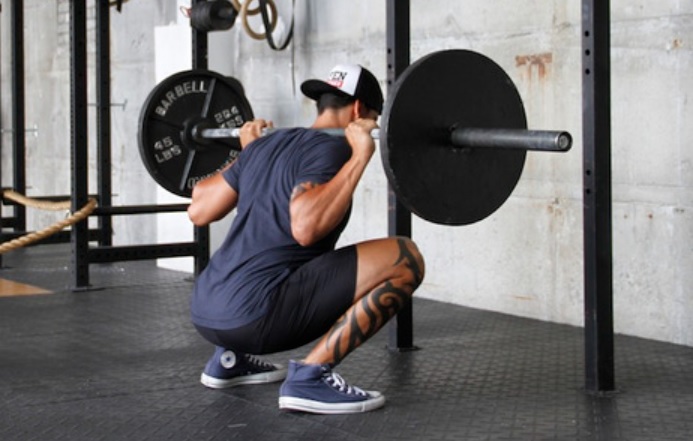Squats are a form of resistance exercise that works for several muscular groups in the lower body. The fundamental squat is bending at the hips and knees while maintaining your back straight, lowering your body towards the ground. The action mimics the motions of sitting and standing. Squats come in a variety of shapes and sizes, from the conventional back squat to the more advanced pistol squat, but the essential mechanics are the same.
Leg Muscles At Work
Squats work for many key muscle groups in your legs:
- Quadriceps: These are the front thigh muscles. During squats, the quadriceps, or quads, are the principal movers. These muscles go down the front of your thighs and are in charge of knee extension. Squats work the quadriceps hard, making them stronger and more defined.
- Hamstrings (Back Thigh Muscles): The hamstrings are placed at the back of your thighs and have two primary functions: knee bending and hip extension. While not as visible as the quads, the hamstrings perform an important function in leg stabilization.
- The gluteus maximus: It is the biggest muscle in the buttocks, is a powerhouse muscle that is significantly involved during squats. This muscle is in charge of hip extension and is essential for producing power when you push yourself back up from a squat position. Developing your glutes not only improves the appearance of your legs but also improves your entire athletic performance.
- Adductors (Muscles of the Inner Thigh): These muscles aid in the stabilization of your legs during squats by maintaining them aligned and preventing your knees from caving in. While squats primarily work for bigger muscular groups, the adductors assist in maintaining appropriate technique.
- Calves (Gastrocnemius and Soleus): During squats, your calf muscles are crucial in maintaining balance and providing stability, especially when lifting higher weights. Squats, while not the major workout for calf development, do contribute to total lower leg strength.
- Lower Back (Erector Spinae): When executing squats, the erector spinae muscles in your lower back assist you in maintaining an upright stance and stabilize your spine. It is critical to strengthen these muscles to avoid lower back issues.
- Core (Abdominals and Obliques): During squats, your core muscles are used to stabilize your torso and keep you upright. While squats focus mostly on the lower body, a strong core is essential for general stability and injury prevention.
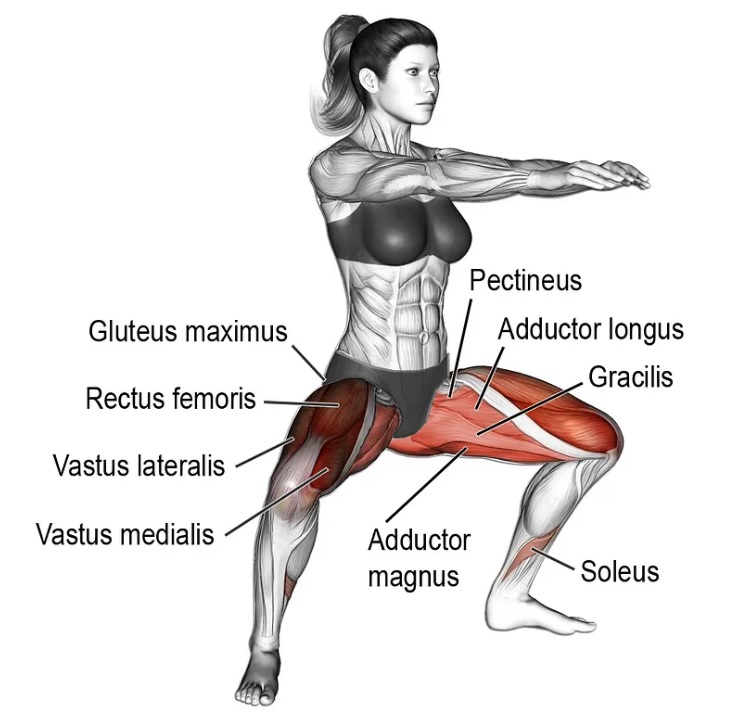
So, what makes squats the go-to work-out for leg muscle growth?
- Compound Movement Squats are a complex exercise, which means they engage numerous muscular groups at once. Because of their efficiency, they are extremely good for increasing leg muscle since they engage the major muscles responsible for leg strength and growth.
- Progressive Overload to increase muscular growth, you should gradually push your muscles by increasing the weight you lift. Squats may be readily loaded with additional weight, such as barbells or dumbbells, allowing you to consistently challenge your limitations and encourage muscular growth.
- Squats have shown to increase the release of anabolic hormones such as testosterone and growth hormone. These hormones have an impact on the growth of leg muscles.
- Squats are a functional workout that simulates common actions such as sitting and standing up. Squats provide functional strength, which correlates to enhanced performance in a variety of activities and sports.
- Squats improve muscular activation by engaging a substantial amount of your muscle mass. This improves not just muscular development but also muscle coordination and balance.
- Squats demand a large amount of energy, especially when done with resistance. This can help with general fat reduction, making your leg muscles more apparent and defined.
- Weight-bearing workouts like squats increase bone density, which is important for general leg health and injury prevention.
Benefits of Incorporating Squat Variations
When compared to ordinary squats, modified squats, which contain several squat variants, can give particular benefits for leg muscle building. These adjustments present distinct challenges and rewards that may lead to more effective leg muscle growth.
Here’s why modified squats are superior to conventional squats for leg muscle growth:
- Modified squats allow you to target certain leg muscles with more accuracy.
- Front squats target the quadriceps, resulting in more prominent hypertrophy in this muscle area.
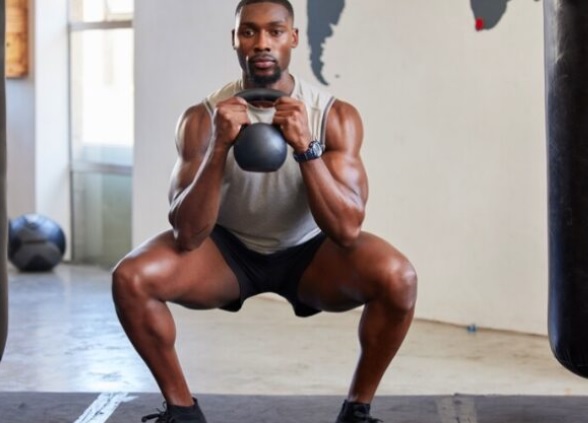
- Sumo squats shape and strengthen the inner thighs (adductors).
- Goblet squats with a dumbbell or kettlebell may target the quadriceps, hamstrings, and glutes while taxing the core.
- Your body tends to adapt to the environment. Squats with modifications provide diversity and muscle confusion to your workout. By varying your squat variations regularly, you may prevent muscle plateauing and drive continual muscular growth.
- Bulgarian split squats increase balance and stability while also increasing functional strength for daily tasks.
- Pistol squats isolate each leg, treating muscular imbalances and increasing overall stability.
- Overhead squats put your core and shoulder stability to the test, resulting in increased total functional strength.
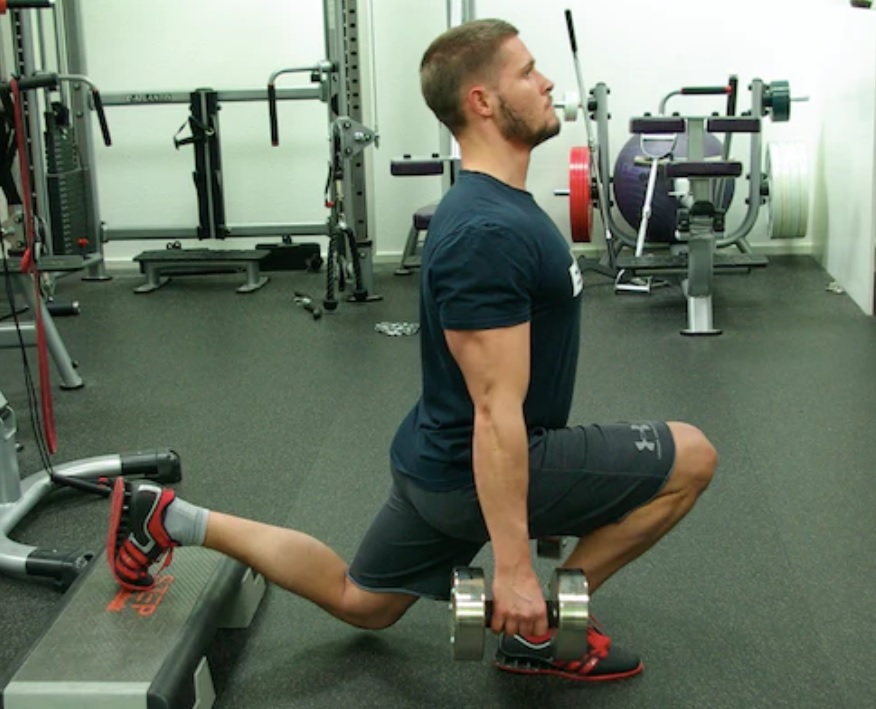
To maintain appropriate technique, many modified squats need enhanced core stability and strength. You establish a solid midsection by exercising your core. A strong core aids with good posture. Some squat variants are more intensive and demanding than ordinary squats in terms of caloric burn and fat loss. These changes can enhance your calorie expenditure during and after your workout, making them useful for people looking for fat reduction as well as muscle gain.
Squat variants that are properly done might help with joint health. They maintain long-term joint health by strengthening the ligaments and tendons that surround the hip, knee, and ankle joints.
- Training Versatility: Modified squats can accommodate people with a wide range of fitness objectives and experience levels. Whether you’re a novice trying to build basic strength or an expert lifter looking to add muscular definition, there’s a squat variant for you. Because of this versatility, modified squats are versatile and adaptive in every situation
- Improved Mental Tenacity: Mastering modified squats, which are frequently more difficult, can increase your confidence and mental toughness. Overcoming the obstacles connected with various variants can give you a sense of satisfaction and drive you to keep pushing your boundaries.
- Injury Prevention: Squat variants that are performed with good form and technique can help prevent injuries. They assist in the stabilization of the muscles and tissues around your joints, making them more resistant to injury. However, to fully benefit from these injury-prevention benefits, it is critical to prioritize proper form.
- Time-Saving: Because modified squats exercise many muscle groups at the same time, they can help you save time during your workouts. Instead of isolating certain muscle groups, you may get a full-body exercise in less time, making them a good choice for individuals who are short on time.
Designing a Squat Variation Routine
To achieve balanced muscle growth, progression, and injury avoidance, creating an efficient squat variation regimen involves careful preparation. Here’s a step-by-step guide to creating a squat variation regimen, including considerations and how to get started.
- Determine your fitness objectives. Do you want to gain muscle, increase strength, improve athletic performance, or target specific parts of your legs?
- Understanding your goals will inform your selection of squat variants as well as the general layout of your practice.
- Choose squat variants that correspond to your aims.
- Combine complex squats including back squats, front squats, and goblet squats to improve total leg muscle.
- Create a Weekly Routine. Determine how many days per week you can devote to leg exercises. A popular beginning point is two to three days per week.
- Make a routine that includes rest days in between leg workouts to aid the recuperation.
- Make Compound Movements a Priority.
- Begin your workout with compound squat variants that activate numerous muscle groups. These should form the foundation of your leg workout. Back squats, front squats, and goblet squats are a few examples.
- Incorporate squat variations that target specific muscle groups based on your goals.
- For quadriceps emphasis, use front squats and sissy squats.
- To work the inner thighs, include sumo squats.
- Address hamstrings with Romanian deadlifts or glute-ham raises in combination with your squat routine.
- Add unilateral squats, such as pistol squats or Bulgarian split squats, to test balance and stability.
- Make certain that both legs are given equal attention
- Set the amount of reps and sets for each squat variant.
- Progressive overload is the process of progressively increasing the weight or intensity of your squats over time.
- As you get more familiar with a certain squat variant, add weight or increase the effort to keep your muscles challenged.
- Always warm up before a leg workout to prepare your muscles and joints. Stretching, gentle aerobic, and mobility exercises can help.
- Cool down with static stretches after your workout to increase flexibility and minimize muscular pain.
- Begin with lesser weights to practice proper form before progressing to heavier weights.
- Keep a workout diary or use a fitness app to record your exercises, sets, repetitions, and weights.
- To avoid plateaus and keep your exercises interesting, change your regimen every 4-6 weeks.
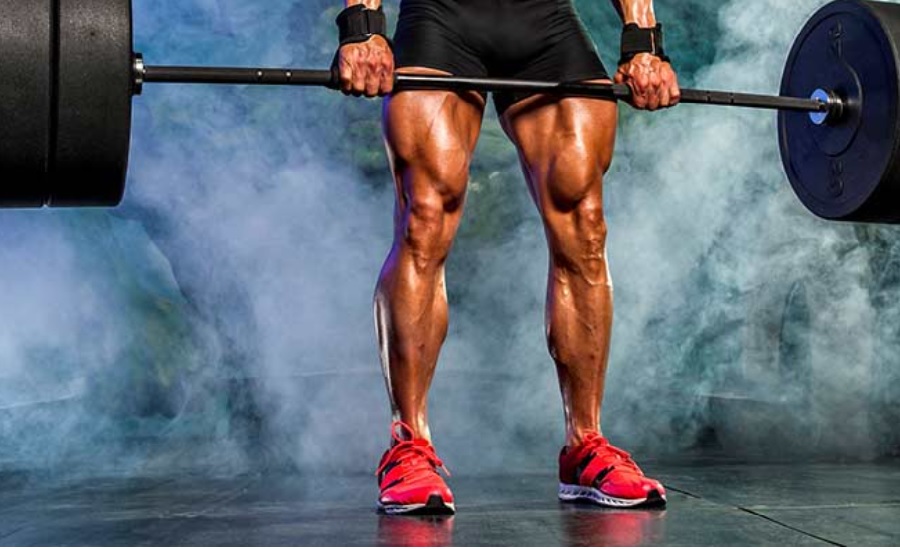
Common Mistakes to Avoid
Squat variants are a fantastic approach to encourage leg muscle growth, but they must be performed with the appropriate form to maximize efficiency and decrease the danger of injury. Here are some frequent squat variation errors to avoid:
- Incorrect form. The most common squat error is incorrect form. It might result in injuries and reduce muscular involvement. Allowing the knees to move beyond the toes, which can strain the knee joint, is a common form of concern.
- Rounding the back puts strain on the spine.
- Allowing the heels to rise off the ground, destabilizing the action.
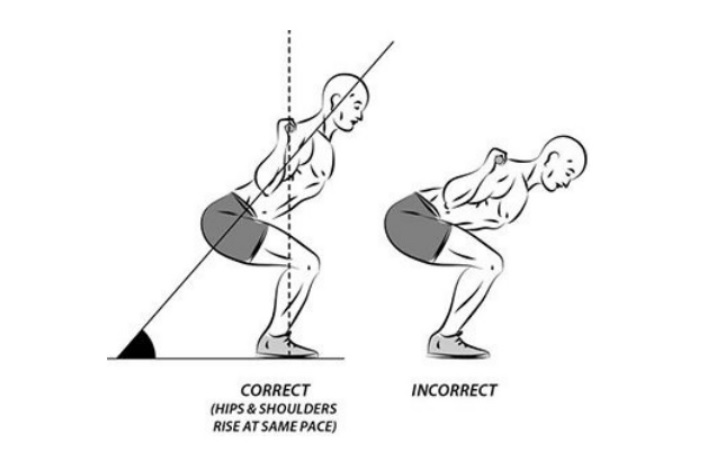
- Always prioritize proper form, and consider working with a trainer to ensure your technique is perfect.
- Ignoring Warm-Up. Skipping a complete warm-up might result in muscular tension and injury. Cold muscles are less flexible and more prone to damage.
- Spend 5-10 minutes of mild aerobics followed by dynamic stretching to warm up your muscles and enhance joint mobility.
- Lifting Too Much Weight. Attempting to lift big weights without correct strength and technique might result in injury and reduce the efficacy of the workout.
- Begin with a weight that permits you to do the exercise with proper technique. Gradually raise the weight as you acquire strength and confidence.
- Overtraining can cause muscular fatigue, poor performance, and an increased chance of injury.
- Allowing muscles to recuperate between sessions is critical. Follow a well-balanced fitness plan that includes appropriate recovery days in between leg sessions.
- Poor mobility and flexibility might limit your range of motion and impair your ability to appropriately perform squat variations. To enhance joint mobility and flexibility, incorporate mobility exercises and stretching into your regimen.
- Pain during squats might be a symptom of poor technique or an underlying problem. Ignoring discomfort might result in harm.

